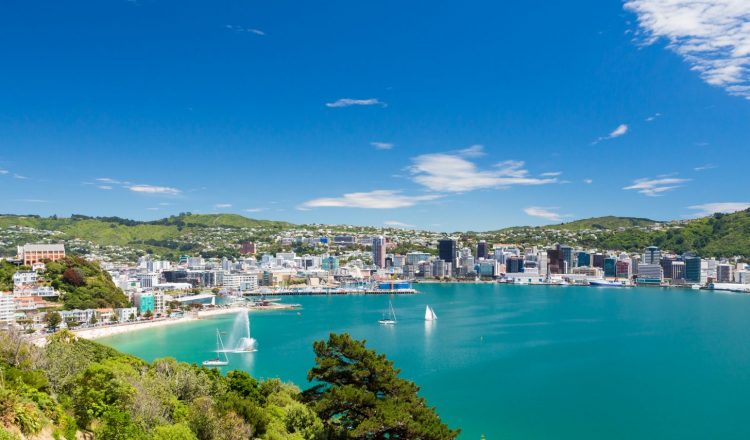환영
뉴질랜드 사람들은 새로운 이주자들에게 마음을 열어줍니다.최근 뉴질랜드 이민 설문 조사에 따르면 실제로 이민자 10명 중 9명 중 9명이 그들의 기대를 충족시키거나 초과하는 환영을 찾는다고 한다.
2015 국외 거주자 인사이더 설문 조사에서 응답자의 94% 는 키위 사람들이 ‘친근’또는 ‘매우 친근한’이라고 밝혔다.그것은 ‘정착의 용이함’으로 우리가 매우 높은 점수를 얻은 이유 중 하나입니다 (64개국 중 두 번째).
뉴질랜드 사람들은 그것이 새로운 곳에 도착하는 것과 같은 것을 알고 있습니다.우리는 훌륭한 해외 여행자이며 거의 4 분의 1이 뉴질랜드 밖에서 태어났습니다.90% 이상이 가족, 친구 또는 관심사를 통해 다른 나라와의 관계를 느낍니다.
우리의 따뜻함과 환대는 또한 우리 규모의 산물이기도합니다.뉴질랜드 사람들은 교묘하게 지내면서 개인 공간을 보호 할 필요가 없습니다.정반대입니다. 우리가 하는 것처럼 세상의 가장자리에 살면서, 우리는 손을 뻗어 연결하는 것을 선호합니다.
HSBC의 2015 해외 거주자 탐색기 설문 조사에 따르면 5 명의 이민자 중 거의 XNUMX 명이 지역 키위 및 마오리 문화와 잘 통합되고 있다고 말합니다.
또한 마오리와 유럽 문화의 독특한 혼합으로 특징 지어집니다.이러한 아이디어와 관습의 융합은 1840년 와이탕기 조약의 서명으로 시작되었으며 오늘날까지도 계속됩니다.
오늘날 뉴질랜드는 전 세계, 특히 태평양의 영향을 결합한 다양한 지역입니다.우리는 개방적이고 환영하는 사람들, 지속적인 우정을 맺을 수있는 장소입니다.창립된 문화는 우리 사이의 강력한 연결관이며 방문객과 공유하고 싶어하는 유대감입니다.

















































